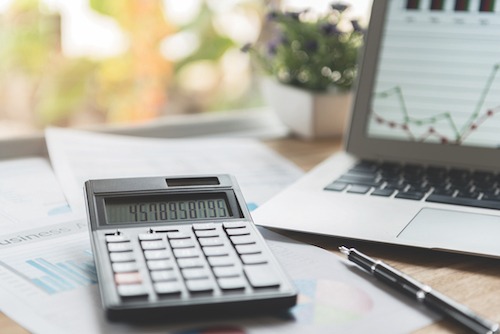True to their title, the role of a revenue manager has traditionally been to maximize revenue—specifically RevPAR (revenue per available room), which can be achieved by increasing occupancy and/or average daily rates (ADR).
Basic economic theory says that prices influence changes in demand (rooms occupied). Depending on the date and market conditions, an increase in ADR typically tends to reduce changes in demand. Conversely, a lowering of ADR will most likely stimulate demand and increase occupancy. Historically, revenue managers have adjusted ADR to find the mix of occupancy and ADR that will best maximize RevPAR.
In recent years, though, the role of the revenue manager has expanded. Revenue managers are now charged with maximizing not just revenue, but profits as well. With the aid of multiple data sources, sophisticated models, and artificial intelligence, revenue managers have mastered the science of maximizing revenue. However, they are still learning to master the maximization of profits.
To assist revenue managers, CBRE Hotels Research analyzed the impact of the components of RevPAR (occupancy and ADR) on changes in profits. The data came from CBRE’s annual Trends in the Hotel Industry survey, which analyzes the hotel operating statements from thousands of properties across the United States. The study sample consisted of 2,799 properties that participated in the Trends survey each year from 2011 through 2018. In 2018, the sample averaged 208 rooms in size, 75.3 percent occupancy, and had an ADR of $170.02 ADR. For the purpose of this analysis, profit is defined as gross operating profits (GOP).
Optimal ADR
Our analysis examined the differences in optimal ADR setting for revenue maximization versus GOP maximization. The difference between the two involves consideration of the additional costs and ancillary revenues produced by increased occupancy. Assuming that in the usual range of operating values, the additional cost of accommodating another guest is more than the non-rooms revenues generated by that guest, the omission of these costs from the revenue-maximizing manager’s decision making will lead to an ADR that is lower than for the GOP-maximizing manager. For a set of hotels, or potentially even from a single hotel over enough time, the difference can be estimated directly.
For the study sample, CBRE found a difference of $6.04. This amounts to nearly 4 percent of the nominal average ADR achieved by the sample over the eight-year period. On the margin, this 4 percent increase would discourage some guests, and therefore lower occupancy. However, the remaining guests would be paying a higher rate, and the expense of servicing the discouraged guests is not incurred. The net result is a greater level of GOP.
The results of this analysis only reflect the optimal ADR differential for all of the 2,799 properties. The differential for individual properties can be calculated using similar methods and will depend on that property’s marginal costs for accommodating guests, as well as the opportunity for non-rooms revenue.
Balancing Occupancy and ADR
While there is an optimal ADR that maximizes growth in GOP, we also know that the greater the gain in RevPAR, the greater the gain in profits. Annual changes in RevPAR have been closely correlated to changes in GOP over the years, and this relationship is even more evident when one observes the performance of the study sample stratified by the magnitude of RevPAR change in 2018.
Raising occupancy and increasing ADR are the two ways hoteliers can increase RevPAR. The challenge for revenue managers is finding a balance of the two that maximizes GOP.
Conventional wisdom is that RevPAR growth driven by ADR is more profitable than RevPAR growth driven by gains in occupancy. This theory is based on the incremental variable costs associated with servicing the additional rooms that are rented as occupancy increases.
On paper, this theory seems perfectly rational. However, in recent years, we have seen a departure from this long-held belief. When stratifying the study sample based on the RevPAR contribution mix of occupancy and ADR changes during 2018, the results confirm the recent diversion from the long-standing rule of thumb.
Among the four categories where the hotels achieved increases in both occupancy and ADR, the GOP increase was greatest when occupancy contributed to more than 60 percent of the RevPAR growth. Further, hotels that achieved an occupancy increase and ADR decrease were able to enjoy a slight increase in GOP. On the other hand, properties that suffered an occupancy decline, but achieved growth in ADR experienced a decline in GOP. In summary, hotels cannot live by ADR growth alone. There needs to be a balance between gains in both occupancy and ADR.
Challenges for Revenue Managers
Based on CBRE’s June 2019 Hotel Horizons report for the U.S. lodging industry, ADR is forecast to increase by 2.6 percent in 2020 and 1.2 percent in 2021. Concurrently, occupancy levels are projected to decline both years.
With fewer guests staying at their hotels, revenue managers are left with ADR as the predominant implement in their toolbox to increase both revenue and profits. More than ever, it will be incumbent upon revenue managers to find the optimal room rates for their property—that is, rates that provide a proper balance between occupancy and ADR and still maximize GOP growth.











